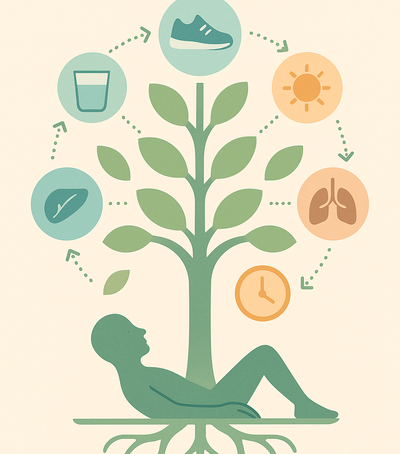
Active and passive smoking increase the risk for many diseases and affect lung health in various ways:
-Lung cancer. Smoking is responsible for more than two-thirds of lung cancer deaths globally, while passive smoking increases the risk of developing lung cancer for non-smokers. Lung cancer is the leading cause of cancer death in most countries of the WHO European region. Approximately 430,000 people died of lung cancer in this region in 2018, and during that period more than half a million new cases were diagnosed. Quitting smoking reduces the risk of lung cancer; 10 years after quitting smoking the risk is reduced to about half that of a smoker.

-Chronic respiratory diseases , such as chronic obstructive pulmonary disease (SPOK) and asthma. Smoking is the leading cause of SPOK, a condition that results in painful cough and difficulty breathing. This condition worsens asthma, which limits activity and affects disability. According to the latest data, 3.6% of total deaths in the European region were due to COPD in 2017. Early smoking cessation is the most effective way of slowing down COPD progression and improving asthma symptoms .

Children exposed to tobacco smoke have a higher risk of developing frequent respiratory infections, as well as being affected by asthma, pneumonia and bronchitis. Chemical constituents of tobacco smoke can cause latent TB (TB) infections. Smoking can also increase the risk of disability and death from respiratory blockage in people with active TB.
Source: Institute of Public Health





